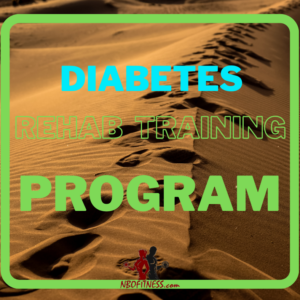
Sleep Apnea is a disorder characterized by repetitive interruptions in breathing during sleep. Obstructive Sleep Apnea (OSA), the most common form, occurs when the muscles in the throat relax excessively, causing a temporary blockage of the airway. Snoring, often a symptom of OSA, results from the vibration of tissues in the airway due to turbulent airflow.
Reviewed by Evans Mwaniki, PT
Obstructive Sleep Apnea (OSA), is commonly associated with obesity. However, it is essential to understand that this can affect individuals with varying body compositions, including those who appear to be of normal weight.
The Fallacy of BMI and the Importance of Body Fat Percentage
Body Mass Index (BMI) has long been used as a measure to classify individuals based on their weight relative to height. However, BMI does not account for muscle mass or fat distribution. A person with a “normal” BMI can still have a high body fat percentage, particularly visceral fat, which is metabolically active and can contribute to various health issues, including sleep apnea.
The Role of Exercise in Managing Sleep Apnea and Snoring
Reducing Visceral Fat
Regular exercise is a proven method for reducing visceral fat, the type of fat that surrounds internal organs. This is crucial for managing sleep apnea and snoring, as excess fat in the neck and chest can exacerbate airway obstruction. Aerobic exercises like brisk walking, cycling, and swimming can help burn calories and reduce overall body fat, including visceral fat.
Strengthening Respiratory Muscles
Specific exercises can target and strengthen the muscles involved in breathing, including the diaphragm and the muscles of the upper airway. Oropharyngeal exercises, also known as throat exercises, can help improve muscle tone in the airway, reducing the likelihood of collapse during sleep.
Enhancing Cardiovascular Fitness
Improved cardiovascular fitness can lead to better oxygenation and overall respiratory function. Activities such as jogging, rowing, and high-intensity interval training (HIIT) can enhance cardiovascular endurance, leading to a more efficient respiratory system and potentially reducing sleep apnea symptoms.
Exercise Recommendations for Managing Sleep Apnea and Snoring
- Aerobic Exercises
- Aim for at least 150 minutes of moderate-intensity aerobic activity per week. Activities like walking, jogging, swimming, and cycling are excellent choices for reducing overall body fat.
- Resistance Training
- Incorporate strength training exercises at least twice a week. Focus on major muscle groups to increase muscle mass and metabolism.
- Oropharyngeal Exercises
- Specific exercises such as tongue curls, cheek lifts, and soft palate stretches can strengthen the muscles around the airway. These exercises are particularly beneficial for those with mild to moderate OSA.
- Breathing Exercises
- Techniques like diaphragmatic breathing and pursed-lip breathing can improve respiratory efficiency and muscle tone.
The Nairobi Fitness Consulting Approach
At Nairobi Fitness Consulting, we offer comprehensive programs designed to address the unique needs of individuals dealing with sleep apnea and snoring. Our Obesity Treatment Centre and Human Performance Institute provide a multidisciplinary approach, including:
- Customized Exercise Plans: Tailored to target visceral fat reduction and improve respiratory muscle tone.
- Nutritional Guidance: Personalized dietary plans to support weight management and overall health.
- Lifestyle Counseling: Addressing behavioral and psychological factors contributing to sleep disorders.
We recognize that visible weight is not the sole indicator of health. Our focus ensures that each individual’s specific needs are addressed, promoting sustainable health improvements.
Conclusion
Exercise plays a vital role in managing sleep apnea and snoring, primarily through the reduction of visceral fat and the strengthening of respiratory muscles. At Nairobi Fitness Consulting, our comprehensive programs are designed to support individuals in achieving these goals, regardless of their BMI. We prioritize body fat percentage and body recomposition over BMI, as these metrics provide a more accurate assessment of an individual’s health risks.










